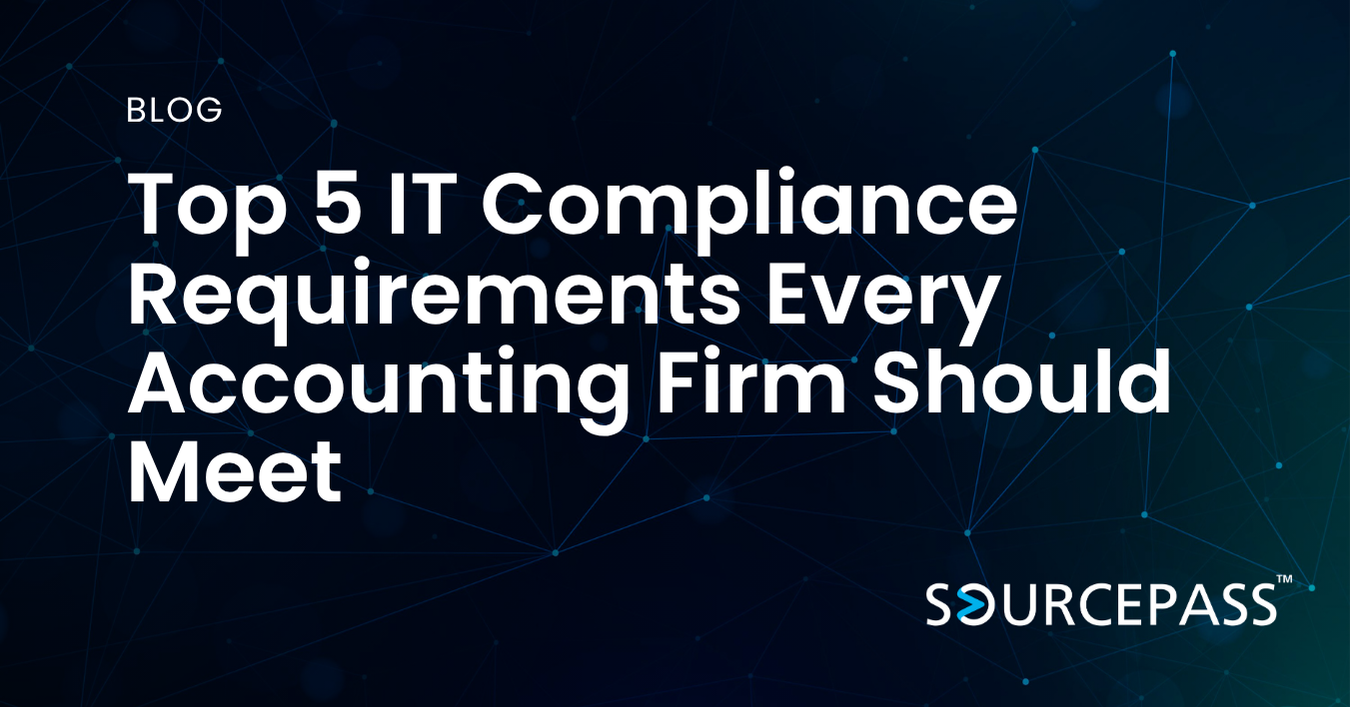Who’s Still on the Fence About MSPs—And What It’s Costing Them
Jun 23, 2025 Alex Davis Digital Transformation | Strategy & Modernization 3 min read



Despite the clear shift toward outsourced IT services, a surprising number of businesses—roughly 22.5%—are still evaluating whether to partner with a Managed Service Provider (MSP). If you’re one of them, this hesitation may be costing your organization more than you realize.
From higher operational risks to missed opportunities for growth, delaying MSP adoption could be silently stalling your business. In this article, we’ll explore the common reasons businesses delay MSP decisions, what they’re really risking, and how to move forward with confidence.
The Holdouts: Who’s Still Evaluating MSPs?
Companies that remain undecided about MSPs tend to fall into a few categories:
- Growing businesses with internal IT teams that believe they can still “handle it all”
- Firms recovering from previous bad MSP experiences and are hesitant to trust again
- Organizations with low perceived IT risk (until something goes wrong)
- Industries with legacy systems where change feels overwhelming
- Leaders operating on outdated assumptions about cost or control
While the hesitation is understandable, the business environment has changed. Cyber threats have grown, compliance requirements are more complex, and hybrid workforces need scalable, secure infrastructure. Internal IT alone can’t keep up.
What Delayed MSP Adoption Is Really Costing You
1. Higher Risk Exposure
Without an MSP, your internal team may be missing or delaying critical security practices:
- Patch management
- Endpoint detection and response (EDR)
- User awareness training
- Multi-factor authentication (MFA)
- Backup and disaster recovery testing
A single ransomware attack or data breach can cost SMBs over $100,000. Waiting too long to invest in proactive IT support increases this risk significantly.
2. Increased Operational Downtime
Without around-the-clock monitoring and response, IT issues linger longer than they should. Slow systems, unresolved tickets, or outages can:
- Interrupt sales activity
- Slow down employee productivity
- Frustrate customers and clients
- Delay project delivery
MSPs bring structure, standards, and SLA-driven resolution times that internal teams often can’t match on their own.
3. Hidden Costs of DIY IT
Managing IT in-house sounds cost-effective—but the numbers often tell a different story. Consider:
- Salaries and benefits for IT personnel
- Software licensing and monitoring tools
- Time spent managing vendors
- Compliance-related fines or penalties
- Missed revenue from downtime or inefficiency
MSPs deliver predictable, scalable pricing—and bring enterprise-grade tools your internal team might not otherwise afford or manage effectively.
4. Stunted Growth and Innovation
Many companies delay tech upgrades because they lack strategy, bandwidth, or fear disrupting operations. MSPs help by:
- Developing roadmaps aligned to business goals
- Recommending scalable technologies
- Supporting digital transformation initiatives
- Eliminating technical debt
Without this guidance, companies often plateau—trapped in inefficient systems that limit agility.
5. Burned-Out Internal Teams
Your internal IT team may be excellent—but they’re likely overwhelmed. Without MSP support, they’re stuck putting out fires instead of building long-term solutions.
Co-managed IT is a popular approach where MSPs augment your team, taking on time-consuming tasks (like patching, backup, documentation, and vendor support), freeing your staff for high-impact work.
What Keeps Businesses on the Fence?
Here are some of the most common objections to MSPs—and what’s really behind them:
|
Concern |
What It Actually Means |
|
“We’re not ready yet.” |
You may be underestimating your current IT risks. |
|
“It’s too expensive.” |
You may not be comparing total cost of ownership (TCO). |
|
“We don’t want to lose control.” |
A good MSP increases control and visibility. |
|
“We had a bad experience before.” |
Not all MSPs are equal. Vet for maturity, experience, and fit. |
|
“Our IT person can handle it.” |
One person can’t scale or cover 24x7 threats alone. |
How to Move from Hesitation to Action
If you’re unsure about working with an MSP, start with these steps:
- Perform an IT health check or risk assessment. This gives you an honest look at where your biggest gaps are.
- Explore co-managed options. You don’t need to replace your IT team—just extend their capacity.
- Choose a specialized MSP. Industry experience matters. Look for a provider who understands your compliance needs, toolset, and goals.
- Request a roadmap. A good MSP should offer strategic planning, not just reactive support.
Final Thoughts: Not deciding is a decision—and it’s a costly one.
Being cautious with IT decisions is smart. But staying undecided for too long can leave your business exposed, inefficient, and behind the competition. The reality is this:
Whether you're managing an overworked internal team, dealing with recurring outages, or just not confident in your current tech strategy, an MSP could be the partner your business needs to scale, secure, and succeed.
Still unsure if an MSP is the right fit? Start with a no-risk IT assessment. We’ll help you uncover hidden risks, quantify the cost of your current model, and explore solutions designed to support your business—not slow it down.
Subscribe To
Sourcepass Insights
Sourcepass Insights
Stay in the loop and never miss out on the latest updates by subscribing to our newsletter today!
.png?width=500&height=100&name=White%20Logo%20-%20Transparent%20Tag%20(3).png)



